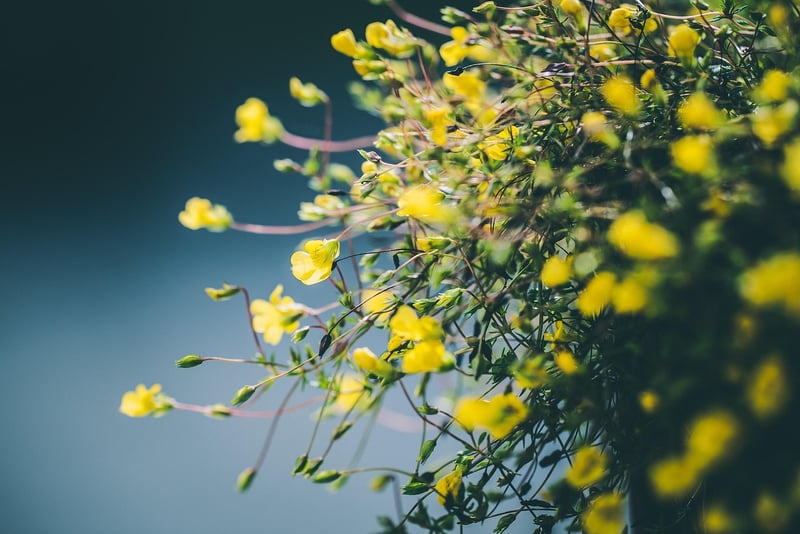Light Requirements
Keeping Your Garden Healthy: Understanding Light Requirements

The Importance of Light in Your Garden
Light is one of the most crucial factors in maintaining a healthy garden. Plants need light to photosynthesize and grow. Understanding the light requirements of your plants is essential for their overall well-being.
Types of Light
There are three main types of light conditions that plants need:
- Full Sun: Plants that require full sun need at least 6 hours of direct sunlight per day.
- Partial Sun/Partial Shade: These plants thrive in 3-6 hours of sunlight per day.
- Full Shade: Plants that prefer full shade should receive less than 3 hours of direct sunlight daily.
Assessing Light Levels in Your Garden
To determine the light levels in your garden, observe the sunlight patterns throughout the day. Note the areas that receive the most sunlight and those that are shaded. This will help you choose the right plants for each location.
Choosing the Right Plants
When selecting plants for your garden, consider their light requirements. Match the plant's needs with the available light conditions in your garden to ensure their optimal growth.

Tips for Healthy Plants
- Rotate Plants: Rotate your plants regularly to ensure they receive uniform sunlight exposure.
- Prune Overhanging Trees: Trim overhanging branches to allow more sunlight into your garden.
- Use Reflective Surfaces: Place light-colored surfaces near plants to reflect sunlight and increase light levels.
- Monitor Plant Growth: Regularly check your plants for signs of sunburn or inadequate light, such as yellowing leaves.
Conclusion
By understanding the light requirements of your plants and taking steps to ensure they receive adequate sunlight, you can promote a healthy and thriving garden. Paying attention to light conditions is key to the success of your garden's growth and overall well-being.
